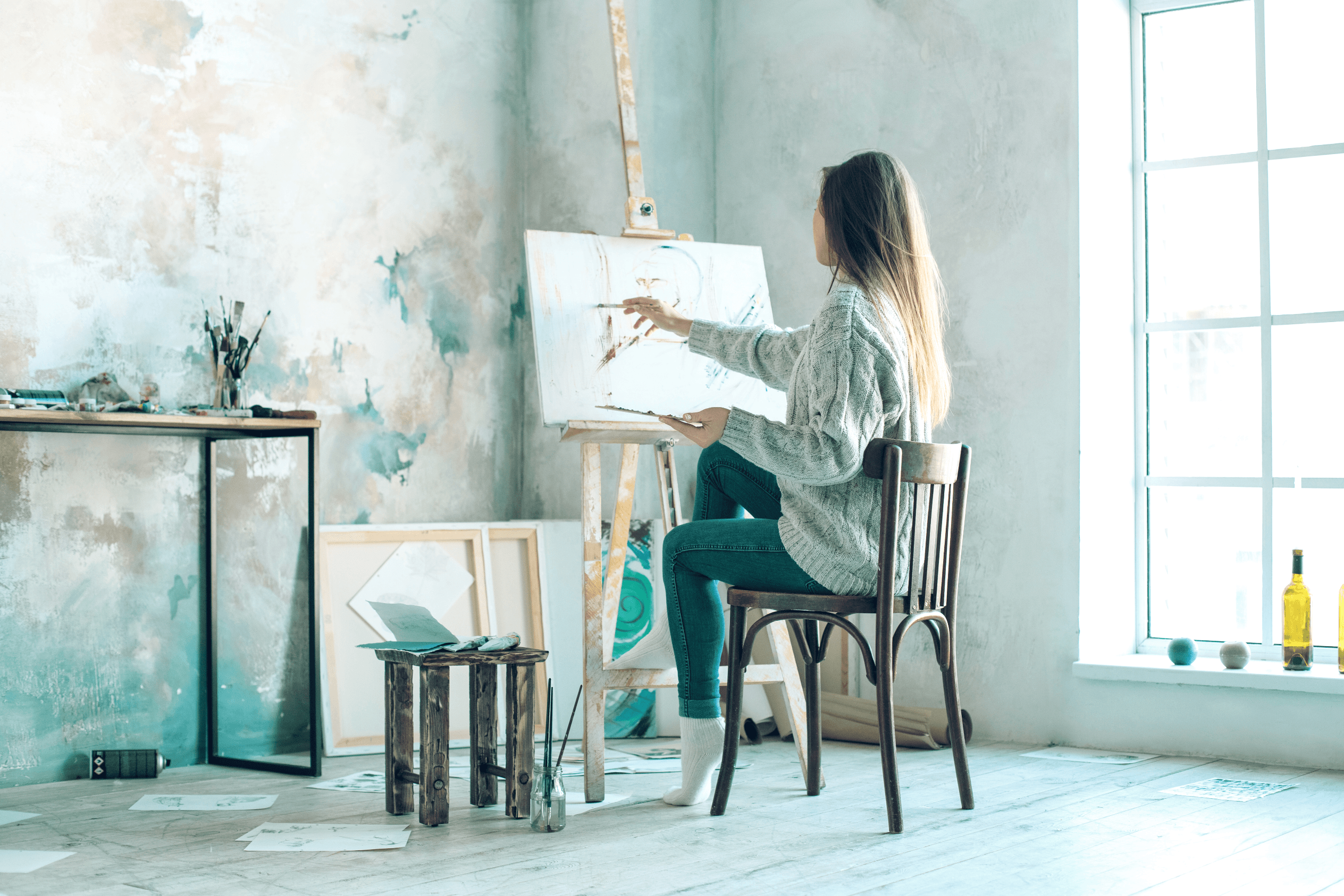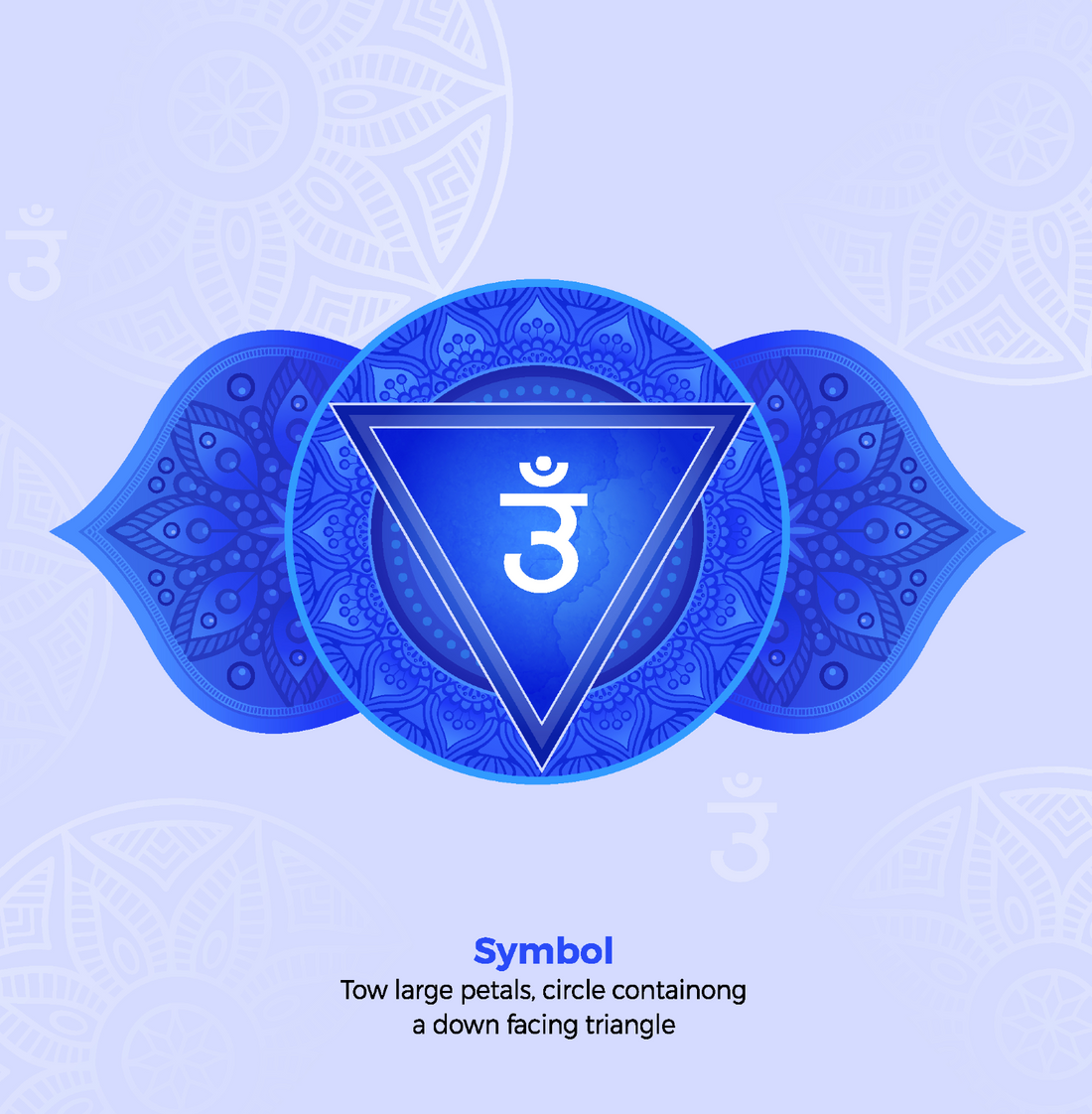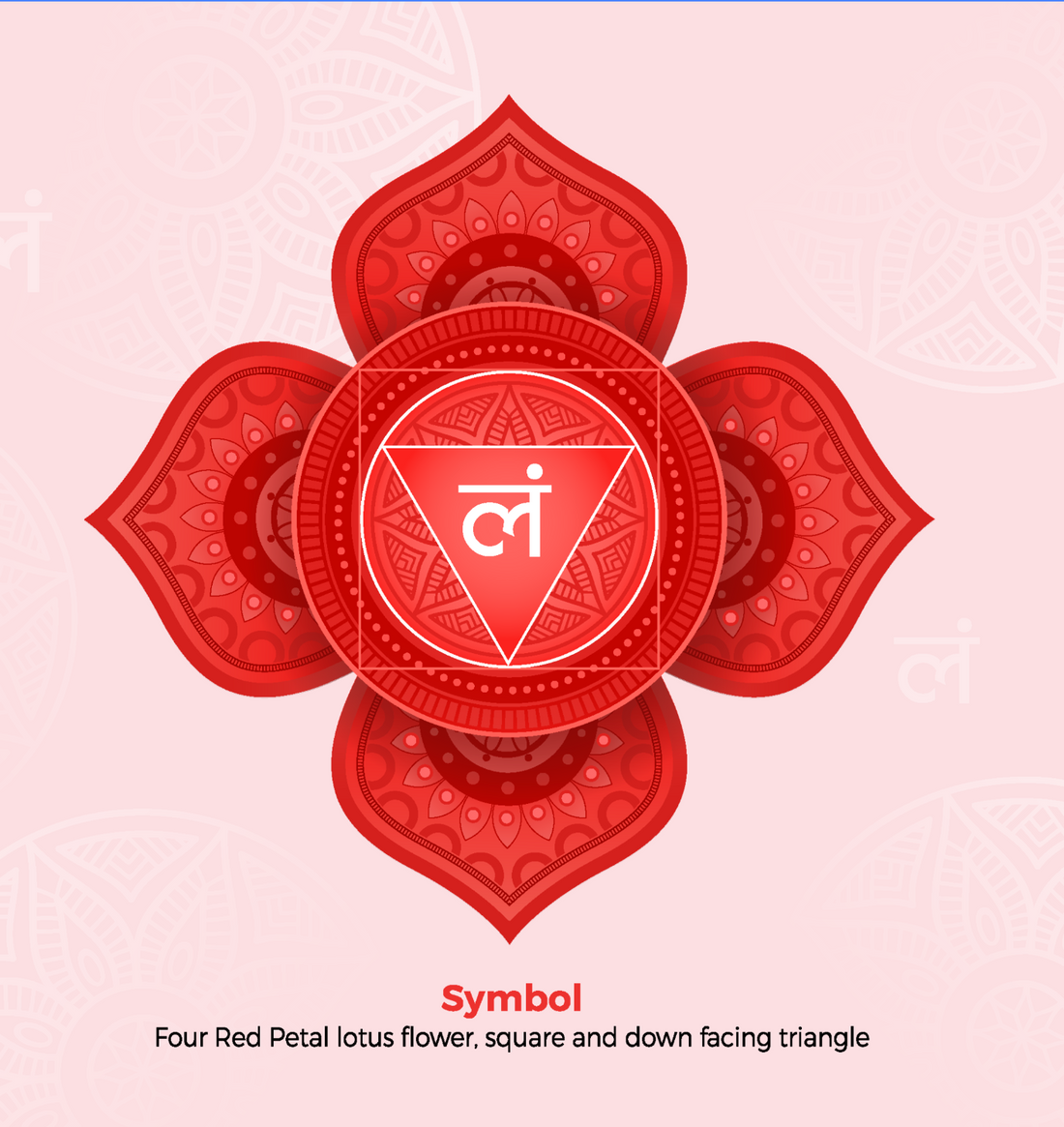We are all Creative
Have you ever heard someone say, “I’m just not the creative type”? Perhaps this is a belief that you even hold to be true about yourself. This article is here to debunk the myth that some people are creative while others are not. Creativity is a skill that each of us possess since birth, although society has tried to put creativity in boxes with labels, portraying it to be some unattainable gift that only a select few possess. Still not buying it? Here’s a dive into the neuroscience of creativity, how to tap into your own unique creativity through micro dosing, and ways to redefine what creativity means to you.
Neuroscience of Creativity:
When discussing the Science of creativity, it is important to uncover the myth of right brain creativity. Just so much as the belief is false that some people are inherently gifted with creativity while others are not, it is equally untrue that one side of the brain is logical and the other is dominant. Both hemispheres of the brain are equally important in cognitive functions and creativity versus logical thinking simply can’t be reduced to right brain versus left brain. Additionally, research has identified several regions of the brain responsible for creativity including the following main regions of the default mode network; the left precuneus, right posterior cingulate cortex (PCC) and the bilateral IPL. The relationship of learning and creativity is also often overlooked as creative thinking involves a discovery of new neural connections, therefor creativity and learning are inherently connected.
How to tap into Creativity through Micro dosing:
A research study from the Netherlands led by Prochazkova investigated how micro dosing affects creativity and found that it influences both linear and creative processes, also known as convergent thinking and divergent thinking. This research team found that micro dosing psilocybin encouraged out-of-the-box problem solving. This can be applied to creating a painting, developing a software, and even to mental health. For example, further research will examine the implications of increased creative thinking to help alleviate symptoms of depression.
Redefining what Creativity means to You:
Society has created a lot of ideas, definitions and projections of what creativity is. The exciting news is that you can redefine what creativity means to YOU. What makes you feel creative? It can be the way you view the world, how you create your breakfast in the morning, or the way you learn to manage your relationships in your personal life or at work. Creativity comes in all shapes and colors, and it’s an essential component to our ability to survive and thrive in this world!
Micro dosing with psilocybin is another way to deepen your relationship to creativity, if enhancing your creative skills is important to you, you can dedicate a micro dosing cycle to this cause by setting an intention and tuning in to different creative practices along the way.
Try to acknowledge the unique ways you apply creativity to your life and see how this changes the way you see yourself- a unique and creative being, here to put your touch on the world.
Citations:
Prochazkova L, Lippelt DP, Colzato LS, Kuchar M, Sjoerds Z, Hommel B. Exploring the effect of microdosing psychedelics on creativity in an open-label natural setting. Psychopharmacology (Berl). 2018 Dec;235(12):3401-3413. doi: 10.1007/s00213-018-5049-7. Epub 2018 Oct 25. PMID: 30357434; PMCID: PMC6267140.
Shi B, Cao X, Chen Q, Zhuang K, Qiu J. Different brain structures associated with artistic and scientific creativity: a voxel-based morphometry study. Sci Rep. 2017 Feb 21;7:42911. doi: 10.1038/srep42911. PMID: 28220826; PMCID: PMC5318918.
https://blogs.scientificamerican.com/beautiful-minds/the-neuroscience-of-creativity-a-q-a-with-anna-abraham/





